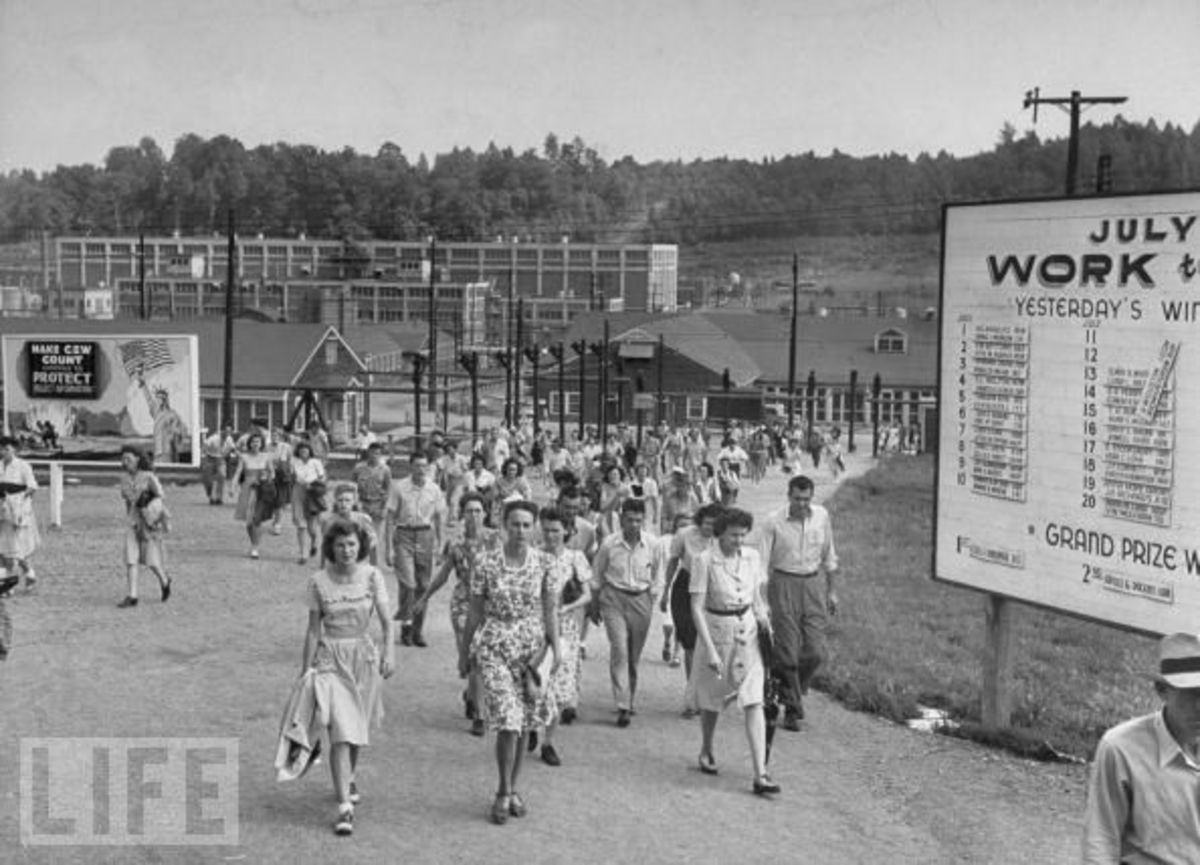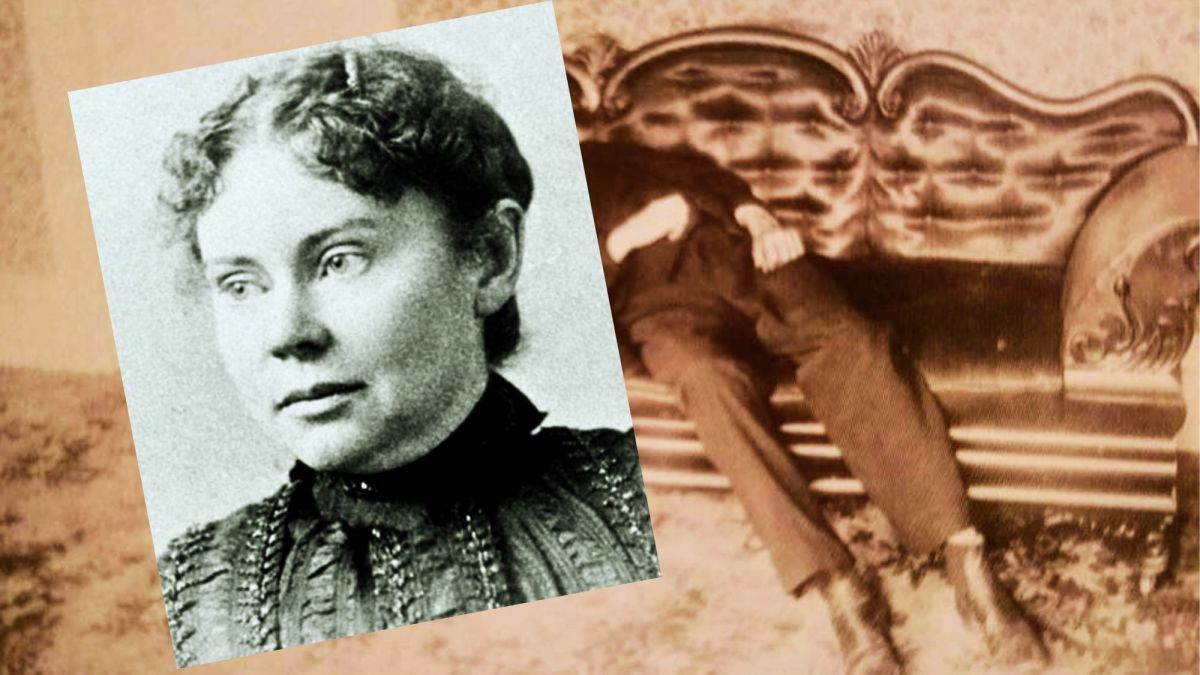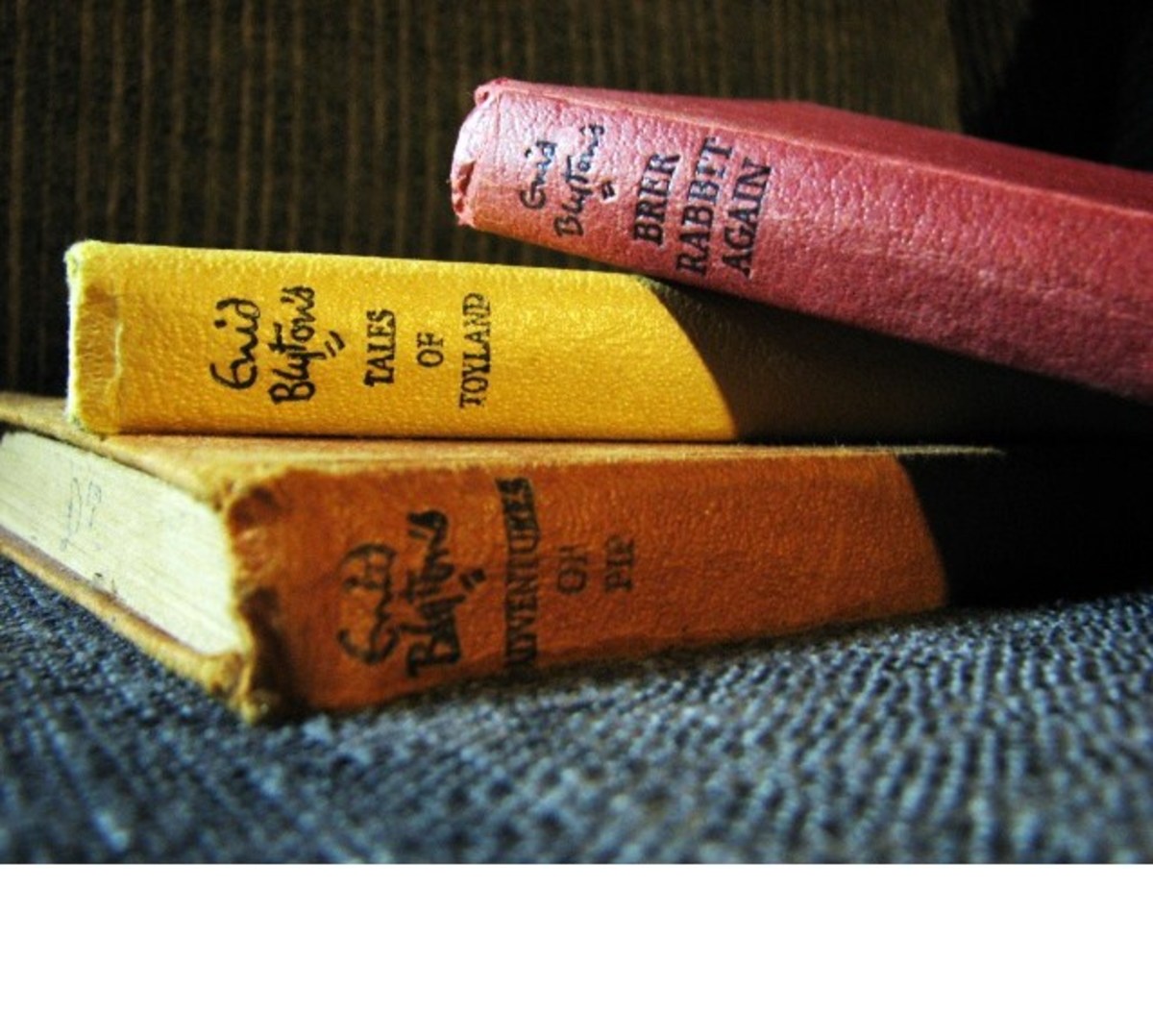- HubPages»
- Education and Science»
- History & Archaeology»
- History of the Americas
Cassie Chadwick - Con Artist
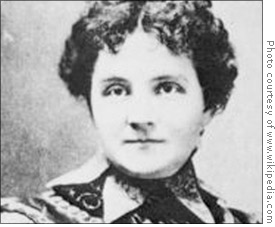
When it came to cons, Cassie Chadwick was a pro. This Canadian-born woman started young and eventually became famous for defrauding banks in Cleveland, Ohio by claiming to be the illegitimate child of Andrew Carnegie. Chadwick was the mistress of lying and performing. She knew how to cover her tracks and she honed fraud into an artform.
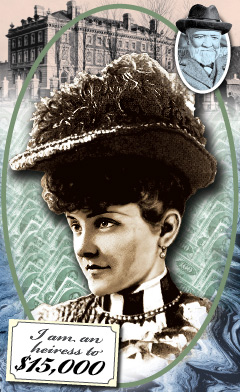
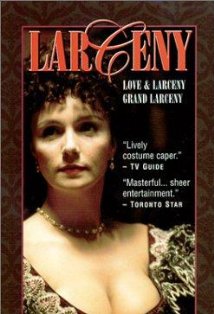
The Beginnings -
Cassie Chadwick began her life as Elizabeth Bigley on October 10, 1857. She was born and raised in Eastwood, Ontario, Canada on a small farm. Her father was a section boss for an Ontario railway. Besides her parents, Betsy, as she was called, had three sisters and a brother. She was said to be a chronic daydreamer as a child and was prone to telling elaborate fibs.
HER FIRST CON -
When she was 13 years old in 1870, Chadwick traveled to Woodstock, Ontario, Canada. She opened a bank account there using a questionable letter of inheritance from someone she said was an uncle from England. She used this and a little cash to secure the bank account. Once that was done, she went on a spree writing worthless checks at various merchants in town. She was caught soon enough and was arrested in the town of Woodstock for forgery. Because of her age she was soon released on the grounds of insanity.
OHIO -
After three years away from home Chadwick returned to the news that her sister, Alice, had married. Alice's husband, Bill York, was from Cleveland, Ohio where the couple made their home. Upon learning this, Chadwick hopped the next train to Cleveland. After a short stay with the couple, Chadwick rented the first floor of a house. She claimed to the landlord to be a widow and immediately changed her name to Madame Lydia DeVere. She felt this was a more appropriate name for her new career as a clairvoyant. She financed her business with a loan secured on the York's furniture.
In 1882, she married Dr. Wallace S. Springsteen from Cleveland, Ohio. She took the name of Mrs. Lydia Springsteen and moved into his house. Because an article and photo appeared in the local newspaper announcing the marriage, people were able to track her down. They included a Toledo businessman who went to see her as a clairvoyant and found his bank account some $10,000 lighter in the aftermath. The article also led her sister and various merchants to the doctor's home to demand payback from Chadwick. Eleven days later, Dr. Springsteen tossed his new wife out and filed for divorce. He also paid all her debts.
Undaunted, Chadwick re-established herself as a clairvoyant in Cleveland. She changed her name once again this time to Madame Marie LaRose. In 1883 she married a farmer from Trumbull County, Ohio. His name was John R. Scott and, citing abuse from her ex-husband, Chadwick convinced him to sign a prenuptial agreement. She lived on the farm for four years. Apparently not satisfied, she went to a lawyer with prenuptial in hand, confessed to adultery and filed for divorce.
Reinventing herself again, Chadwick became a fortune teller who went by the name of Lydia Scott. Unable or unwilling to stay away from her criminal urges she once again resorted to forgery to get what she wanted. In 1889, Chadwick was convicted and sentenced to 9 1/2 years in a Toledo, Ohio penitentiary. She was released on parole in 1891 and returned to Cleveland.
THE CHADWICK AFFAIR -
After returning to Cleveland in 1891, Chadwick adopted the name of Cassie Hoover. She opened a brothel where she met her third husband, another doctor named Leroy Chadwick. When she met him she played the part of a bereaved widow who was running a respectable boarding house for women. When Dr. Chadwick questioned her because it was his knowledge that the house was a well-known brothel, she fainted and begged him to take her away from such a reputation.
They were married in 1897. They moved to a house on "Millionaire's Row", an exclusive well-heeled neighborhood. Chadwick's new life included wealth, influence and servants. She spent extravagantly, importing furniture from England and buying fur coats. She was only tolerated by Cleveland's high society because of their respect for the doctor. Her habit of prancing around town like royalty and trying in vain to buy favors from the richest families in America left her on the fringes of acceptable. Despite her very comfortable life, Chadwick was not satisfied.
THE CARNEGIE CON -
Chadwick's biggest con game started shortly after her marriage. Her husband was unaware of his wife's scheming plans. In 1902, she went to Cleveland's Wade Park Bank and put a pile of promissory notes valued at $7.5 million into a safety deposit box. The notes appeared to be signed by the richest man in the world, Andrew Carnegie. Chadwick made sure the supposed signature was noticed by "accidentally" dropping one of the notes. She then started whispering to key local gossips that she was the illegitimate daughter of the steel magnate. It didn't take long until everyone in Ohio had heard.
She went on a borrowing binge starting at first with small loans of $500 or $1000 and paying them back right away likely with other loans. She had bigger plans. Using her charm and gaining the confidence of the bankers, Chadwick went into a small bank in Oberlin, Ohio and managed to walk out with $340,000. Included in that was a personal loan of $100,000 from the president of the bank.
Still on a spree, Chadwick went on to borrow from several banks and secured a loan of $180,000 from a Boston businessman. Her efforts totaled well over $2 million. That would be approximately $50 million today. But all good things do come to an end.
Eventually when the loans were not paid back, the bankers started to file lawsuits. Chadwick tried to save herself by driving a carriage filled with lawyers and bankers to Carnegie's mansion. She knocked on the door and was let in emerging again with another so-called promissory note. What the lawyers and bankers didn't know was she was only given entrance by a maid then sent on her merry way.
Her scheme didn't work. Her debtors contacted Andrew Carnegie who said he had no knowledge of Cassie Chadwick and had certainly signed no notes. The gig was up. She was arrested on December 8, 1904 and convicted several months later. Her sentence was 14 years at the Ohio State Penitentiary in Columbus. She became ill and died on October 10, 1907 at the age of 50 after only serving two years of her sentence. Her husband, Dr. Leroy Chadwick was exonerated as he apparently had no knowledge of his wife's actions.
FACTS -
Cassie Chadwick's aliases included Elizabeth Cunard, Lydia DeVere, Lydia Springsteen, Emily Heathcliff, Marie LaRose, Cassie Hoover, Cassie Chadwick, Cassie L. Chadwick.
She bore a son by Dr. Chadwick who she named Emil Hoover. It is unclear whether the doctor knew about it. Emil was left to be raised by one of the women in the brothel.
The Oberlin bank was ruined after loaning money to Chadwick. It went into bankruptcy.
Chadwick was charged with seven counts of forgery and seven counts of conspiracy.
Andrew Carnegie was present at her trial. It was a media circus.
Chadwick was wearing a money belt with $100,000 in it when she was arrested. It is assumed she was planning to flee.
She was considered no great beauty but was able to manipulate and charm with her piercing eyes.
THE MOVIE -
In 1985 a movie titled "Love and Larceny" was made in Canada. The part of Cassie Chadwick was played by Jennifer Dale. It won the Best TV Movie Award in 1986. Considered a historical crime drama, the movie would probably make Cassie Chadwick proud.
For more historical Hubs - click here - http://hubpages.com/_36otspfnata5l/hub/Music-Of-The-Civil-War
And here - http://hubpages.com/_36otspfnata5l/hub/Bootlegging-In-America






